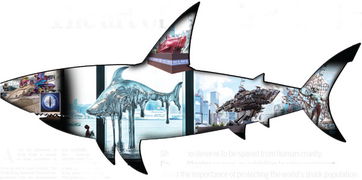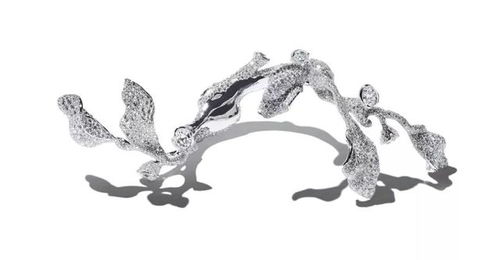Content:
Introduction: Fishing in reservoirs can be an incredibly rewarding experience, offering anglers the chance to catch a variety of fish species in a serene and picturesque environment. However, to maximize your chances of success, it's essential to understand how to utilize the unique characteristics of reservoirs and apply effective fishing techniques. In this article, we will explore various strategies and tips to help you make the most of your fishing adventures in reservoirs.
Understanding Reservoirs: Before diving into the fishing techniques, it's crucial to have a basic understanding of reservoirs. Reservoirs are man-made bodies of water created by constructing a dam across a river or stream. They are designed to store water for various purposes, such as irrigation, hydroelectric power generation, and recreational activities like fishing.

Reservoirs have distinct features that can impact fishing, including:
a. Water Depth: Reservoirs can vary in depth, ranging from shallow areas near the shore to deeper sections in the middle. Understanding the depth distribution is crucial for selecting the right fishing techniques.
b. Vegetation: Reservoirs often have abundant vegetation, such as submerged plants, reeds, and trees. These structures provide excellent hiding spots for fish and can be used to your advantage when targeting specific species.
c. Temperature: Reservoirs can experience temperature fluctuations due to factors like sunlight, wind, and water inflow. Understanding the temperature variations helps in determining the best fishing times and locations.
Choosing the Right Equipment: To make the most of your fishing experience in reservoirs, it's important to have the right equipment. Here are some essential items to consider:
a. Rod and Reel: Select a rod and reel that suit the type of fish you want to catch. For example, if you're targeting bass, a medium-heavy rod with a spinning reel would be ideal.
b. Lures and Baits: Stock up on a variety of lures and baits that are known to work well in reservoirs. Soft plastics, spinnerbaits, crankbaits, and live bait are popular choices.
c. Tackle: Ensure you have the appropriate tackle, including hooks, sinkers, and swivels, to match the fish species you're targeting.
Locating Fish in Reservoirs: Finding fish in reservoirs can sometimes be challenging. Here are some tips to help you locate the fish:
a. Study Maps: Utilize topographical maps and reservoir maps to identify areas with potential fish-holding spots, such as coves, points, and drop-offs.
b. Observe the Water: Pay attention to the water's surface and look for signs of fish activity, such as splashes, boils, or rises. These signs indicate the presence of fish in the area.
c. Ask Locals: Engage with local anglers and fishing guides who have experience in the reservoir. They can provide valuable insights and share their favorite fishing spots.
Effective Techniques for Reservoir Fishing:
a. Topwater Fishing: Topwater lures are effective for triggering strikes from fish in shallow areas. Use techniques like the popper retrieve or walk-the-dog method to mimic the movement of insects or small fish.
b. Casting Techniques: Cast your lures or baits into areas with potential fish-holding spots, such as around vegetation, rocks, or drop-offs. Vary your retrieve speed and direction to entice strikes.
c. Bottom Bouncing: When targeting fish in deeper areas, bottom bouncing can be an effective technique. Attach a sinker to your line and slowly work the bait along the bottom, mimicking the movement of natural prey.
d. Live Bait Fishing: Live bait, such as worms, minnows, or crayfish, can be highly effective in reservoirs. Present the bait naturally and allow it to settle on the bottom or drift with the current.
Seasonal Considerations: Fish behavior in reservoirs can vary with the seasons. Here are some general guidelines:
a. Spring: Fish tend to move to shallow areas to spawn. Focus on areas with vegetation or structure, using techniques like topwater or casting around these spots.
b. Summer: Fish may move to deeper areas to escape the heat. Target these deeper spots using bottom bouncing or deep diving lures.
c. Autumn: As temperatures cool down, fish become more active. Focus on areas with structure or vegetation, using a variety of techniques to entice strikes.
d. Winter: Fish may become less active during the colder months. Focus on areas with deeper water, using slower retrieves and heavier tackle.
Conclusion: Fishing in reservoirs can be a fulfilling and enjoyable activity when approached with the right knowledge and techniques. By understanding the unique characteristics of reservoirs, selecting the appropriate equipment, and applying effective fishing strategies, you can increase your chances of success. Remember to respect the environment and practice ethical fishing practices to ensure a sustainable fishing experience for future generations. Happy fishing!












